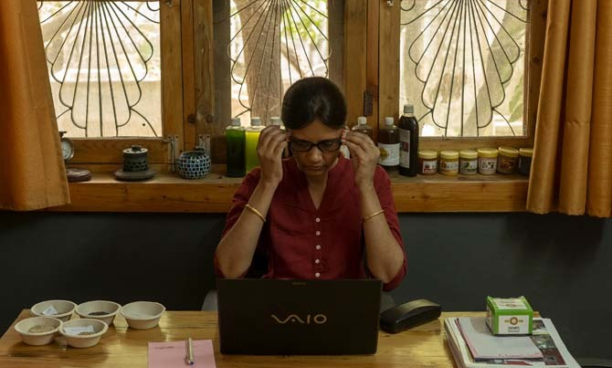
Although India has supported the removal of systemic sex-based discrimination, there are currently over 50 Acts and 150 Rules across Indian states that continue to enforce a legal framework preventing women from having equal opportunity within the workforce. Trayas Foundation, an Atlas Network partner, is a women-founded organization based in New Delhi centered on advancing the freedom of women in India. Co-Founders Bhuvana Anand and Baishali Bomjan wanted to take a new approach to further understand why the participation rate of women in the Indian workforce is globally one of the lowest, standing at 18% (three times lower than the participation rate of men). In contrast to factors such as increasing female literacy and decreasing fertility over the past decades—which research has shown typically contributes to a higher number of women in the workforce—one contributing factor for lower rates of workforce participation that has historically been less explored involves the laws, specifically in India, that create barriers for women. Trayas’ goal is two-fold: first, to perform a comprehensive analysis of the law and policy that creates barriers to women’s opportunity to choose to work; and second, to share this evidence with decision-makers and influencers in order to demonstrate how their recommended regulatory corrections could advance prosperity.
This past spring, in March 2022, Trayas released the State of Discrimination Report, the first edition of its kind, based on a year-long research project of a sub-national comparison of the barriers to women’s right to participate in the formal economy. Some examples of the laws presenting barriers to women joining the workforce include legal prohibitions of women working at night or working in factory processes that have been deemed hazardous, arduous, or morally inappropriate. Factory processes included in these categorizations range from jobs that require lifting heavy objects or involve solvent extraction and printing press production involving lead (among many other factory processes), and jobs involving the sale of liquor. You can read more about the report in our previous blog publication: What’s Limiting the Potential of India’s Women?
In the months since its publication, the State of Discrimination Report has gained traction through increased engagement in popular media, academia, and at a governmental level. The report has been featured in a range of prominent Indian newspapers, and the Trayas team has participated in an array of speaking engagements, including Atlas Network’s Liberty Forums, the World Congress on Women, and Breakthrough—India’s Pan-Asia Summit. These have put the team in contact with scholars, think tanks, research institutes, and youth activists around the world. Trayas has also created an open-source dataset on state-level labor rules, labor law prohibitions applicable to women, and exemptions to women’s employment. The report and associated dataset have not only sparked greater interest for this field of study but have also provided more extensive knowledge about legally sanctioned discrimination against women in India, which will continue to benefit both further research and journalistic reporting.
India has supported reforms that will end sex-based discrimination, including their commitment to the UN’s Sustainable Development Goals—Goal 5 of which calls for an end to legally sanctioned economic discrimination against women. Trayas is providing a much-needed reassessment of what are referred to as “legacy laws”: outdated vestiges of a different time that continue to impose restrictions on female jobseekers. If implemented, the labor rules recommended by Trayas in one of its partner states are estimated to grant 2.6 million women the right to choose work in the coming two years.
Positive engagement with state governments concerning this research has expanded opportunities for further work within the Department of Labor and other government departments that Trayas is currently engaged with, and will set a precedent for transitioning this analysis of rules and regulations to additional state governments in the future. Trayas has a long road ahead, but it is paving a path for India to be able to invest in greater engagement and representation of women in the formal economy.
Related Articles
View All What’s limiting the potential of India’s women?Trayas Foundation’s new State of Discrimination Report shows that India’s GDP would rise by up to 27% if women’s labor force participation rate was equivalent to that of men. A higher GDP means lower poverty rates and more freedom for women across the country to pursue better lives.Read Article
What’s limiting the potential of India’s women?Trayas Foundation’s new State of Discrimination Report shows that India’s GDP would rise by up to 27% if women’s labor force participation rate was equivalent to that of men. A higher GDP means lower poverty rates and more freedom for women across the country to pursue better lives.Read Article